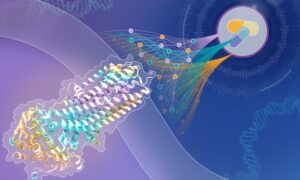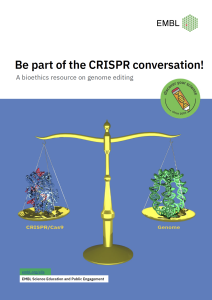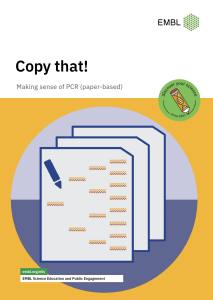
What are the social consequences of genetic testing?
Description
The sequencing of the human genome, completed in 2000, has helped identify many genes which, when abnormal, are responsible for diseases. Genetic tests for some diseases already exist and others are being developed. However, administering such tests reveals personal genetic information, and this can create a dilemma. Deciding how the information should be used and who should have access to it raise complex ethical issues. Obviously some uses and wide access could serve the common good helping to predict the onset of genetic diseases, creating possibilities for intervention, etc. but there is a tension between this and what we consider personal rights (such as protecting our privacy and respecting individual diversity). Alzheimer’s disease provides a good example of one dilemma that can arise. In a certain percentage of patients, the condition is of genetic origin, i.e. inherited. If a parent were diagnosed with Alzheimer’s disease and a genetic test were available, would you want to be tested? The test could come back positive many years before you showed symptoms. Unless kept completely private, that information could become available to other family members, employers and insurance companies with obvious potential negative consequences. These and other questions are raised in the fact sheets.
In the role play, two different case studies have been chosen to illustrate some of the potential societal and ethical conflicts raised by genetic testing. The players represent a specific interest group involved in one of these cases and serve as experts on a ‘virtual ethical committee,’ whose job is to advise a court charged with resolving the cases.
Authors: Giovanni Frazzetto, Halldor Stefansson, Sabine Hentze, Julia Willingale-Theune and Alexandra Manaia
Materials
Materials
Visualize and download here the material
Prerequisites
Pupils should be taught:
Cell activity
1. The nucleus contains chromosomes that carry the genes
2. How cells divide by mitosis during growth, and by meiosis to produce gametes
Variation
1. How variation arises from genetic causes, environmental causes and a combination of both
2. That sexual reproduction is a source of genetic variation
3. That mutation is a source of genetic variation and has a number of causes
Inheritance
1. How sex is determined in humans
2. The mechanism of monohybrid inheritance where there are dominant and recessive alleles
3. About mechanisms by which some diseases are inherited
4. That the gene is a section of DNA
5. The basic principles of cloning, selective breeding and genetic engineering
Curriculum links
This activity covers the following topics:
- Genetic disorders
- Genetic screening and counselling
- Ethics
- Growth, development and disease
- Detecting and treating cancer
- Investigating fetal development
- Genetic disease

Topic area: Genome biology, Methods in molecular biology
Age group: 16-19
Author: G. Frazzetto et al.
Share:



